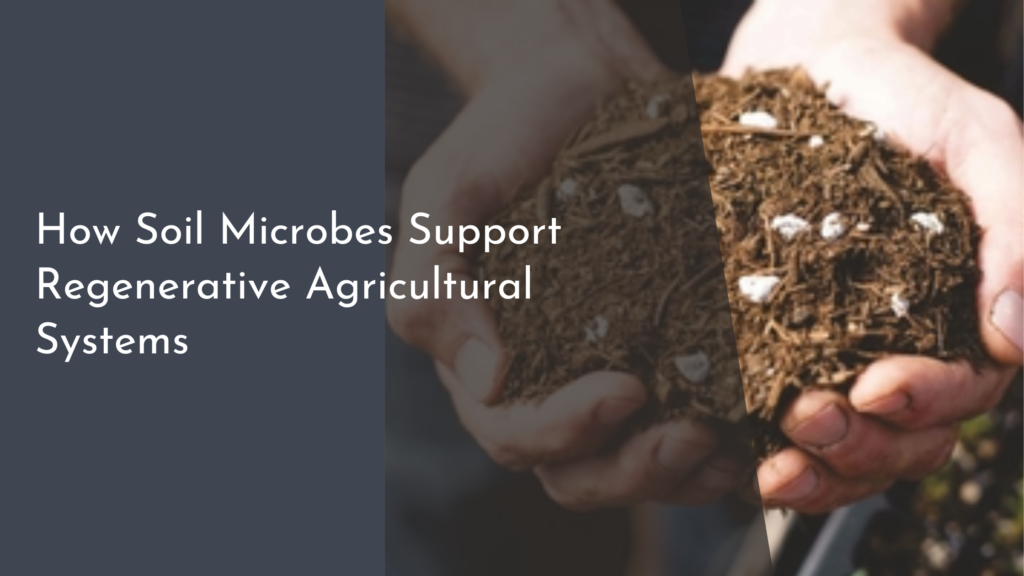Agroforestry for Reducing Heat Stress on Crops
As global temperatures continue to rise, the agricultural sector faces significant challenges, particularly in managing heat stress on crops. Farmers and researchers alike are exploring innovative solutions that not only combat the adverse effects of high temperatures but also promote sustainable farming practices. One such solution gaining traction is agroforestry—a method that integrates trees and shrubs into farming landscapes. This article delves into how agroforestry can effectively reduce heat stress on crops, ensuring better yields and healthier ecosystems.
Discover How Agroforestry Can Cool Down Your Crops!
Agroforestry offers a remarkable way to create a microclimate that can alleviate heat stress on crops. By introducing trees into agricultural landscapes, farmers can benefit from the shade these trees provide, which helps lower soil and air temperatures. This natural shading can significantly reduce the heat exposure of sensitive crops during peak sunlight hours, leading to improved moisture retention in the soil and decreased evaporation rates. Moreover, the tree canopy can also protect crops from harsh wind, creating a more stable environment for growth.
Additionally, agroforestry enhances biodiversity, which plays a crucial role in maintaining healthy ecosystems. The presence of multiple species, including trees, shrubs, and various crops, fosters a balanced habitat that attracts beneficial insects and pollinators. These organisms contribute to a more robust agricultural system, ensuring that crops not only survive but thrive in challenging conditions. With agroforestry, farmers can take proactive steps to mitigate heat stress while enhancing the overall resilience of their farming systems.
The Science Behind Heat Stress and Its Impact on Farming
Heat stress occurs when temperatures exceed optimal growing conditions for crops, leading to physiological changes that can adversely affect growth and yield. High temperatures can cause cellular damage, reduced photosynthesis rates, and increased respiration, ultimately resulting in stunted growth or crop failure. In recent years, climate change has intensified these challenges, leaving farmers scrambling for effective strategies to safeguard their harvests from rising temperatures.
Understanding the science of heat stress is crucial for farmers aiming to adapt to these changing conditions. Heat-stressed plants often exhibit symptoms such as wilting, leaf scorch, and premature flowering. These physiological responses not only diminish the quantity of harvestable crops but can also compromise the quality. By implementing agroforestry practices, farmers can create conditions that mitigate these stressors, allowing their crops to flourish despite the heat.
Innovative Agroforestry Techniques to Beat the Heat
Farmers can adopt several innovative agroforestry techniques to help combat heat stress effectively. One popular method is intercropping, where farmers grow crops in tandem with trees. This practice not only provides shade for sensitive crops but also enhances soil fertility through the natural processes of nitrogen fixation and organic matter accumulation. For instance, leguminous trees can be paired with cash crops, fostering a symbiotic relationship that promotes both biodiversity and crop resilience.
Another technique is the establishment of windbreaks, which involve planting rows of trees or shrubs around fields. These windbreaks serve to reduce wind speed and can significantly lower temperature extremes in crop fields. Additionally, the trees in these systems can provide fruits, nuts, or timber, thus diversifying income sources for farmers. By creatively integrating trees into their farming practices, farmers can cultivate a more sustainable and productive environment that stands up to the challenges posed by climate change.
Join the Green Revolution: Benefits of Shady Solutions!
Embracing agroforestry not only offers practical solutions for reducing heat stress, but it also aligns with the principles of the green revolution. By promoting agroecological practices, farmers can enhance the health and productivity of their land while contributing to global sustainability goals. Agroforestry systems have been shown to sequester carbon, improve soil health, and promote water conservation—all essential components of a resilient agricultural future.
Moreover, adopting agroforestry practices can lead to enhanced economic opportunities for farmers. By diversifying crops and sources of income through the integration of timber and fruit-bearing trees, farmers can create more stable and resilient businesses. The combined benefits of improved crop health, environmental sustainability, and economic viability make agroforestry a win-win solution for farmers eager to embrace a greener, more productive future.
In the face of rising temperatures and the looming impacts of climate change, agroforestry presents a ray of hope for farmers seeking to protect their crops from heat stress. By integrating trees into agricultural landscapes, not only can they cool down their crops, but they can also enhance biodiversity, improve soil health, and create new income opportunities. As we join the green revolution and explore the benefits of these shady solutions, we pave the way towards a more sustainable and resilient agricultural system for generations to come. Happy farming!

